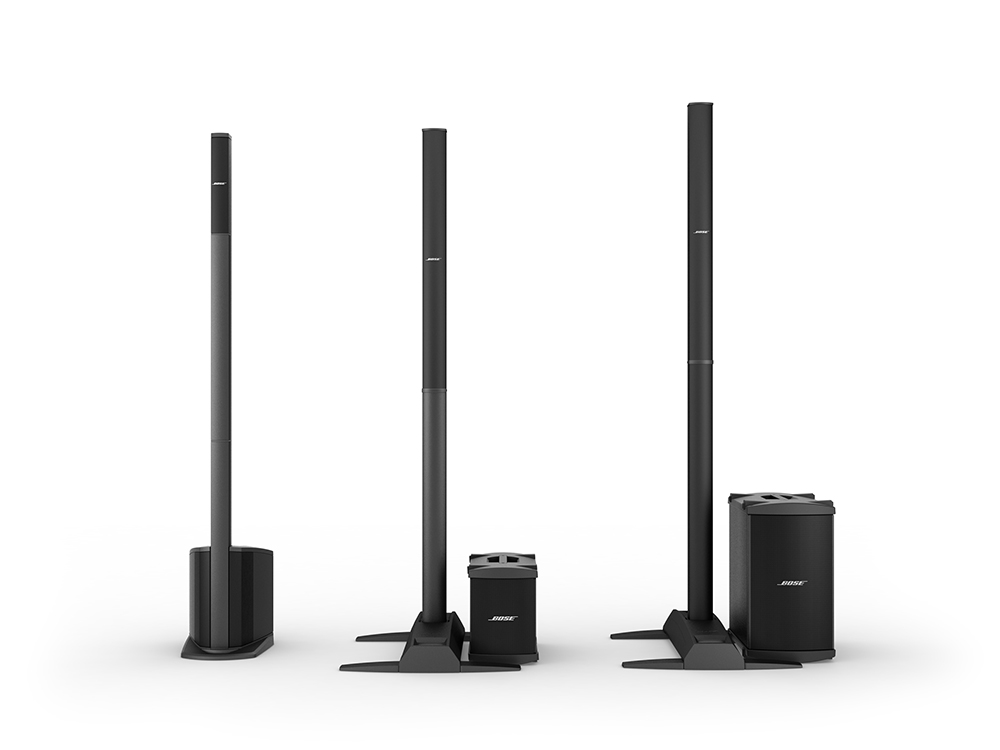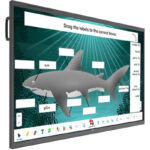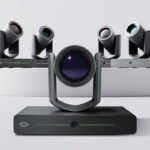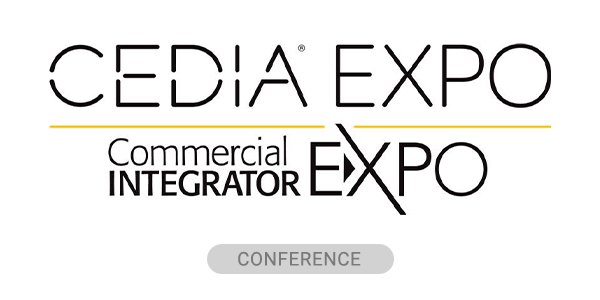Debuting in 2003, the Bose L1 portable line array system revolutionized the portable loudspeaker market by providing users with a new type of loudspeaker solution.
Bose Professional explains the original L1 design team included electrical and acoustical engineers, FOH (front of house) engineers, musicians and researchers who studied musicians and sound issues that are typically associated with the reproduction of music in environments such as clubs and bars.
According to the Framingham, Mass.-based audio company, the most common thread throughout the research was that musicians wanted better experiences from the equipment so they didn’t have to think about technology and the gear used to reproduce their performances.
“Our vision was to remove barriers in the live sound experience and let everyone—the audience and the artists—hear the same thing,” recalls Ken Jacob, co-inventor of the L1 system and Bose chief brand officer.
“We learned early on that this problem was both urgent and pervasive for musicians; that setting up and using conventional PA pulled musicians away from the actual creation of live music,” notes Kyle Sullivan, the original product manager of the L1 product line.
A Decade of Research Makes Bose L1 System Possible
Bose says it invested 10 years of research and development into the L1 system line.
“The entire team was deeply passionate about making this situation better, for the art of music creation, and it became a labor of love,” Sullivan says.
Bose says that over the years, tens of thousands of working musicians and DJs have used the L1 system.
Some of the more famous users of the Bose L1 system include jazz guitar player Pat Metheny and classic rock band Foreigner.
Read Next: Latin Grammy 2018 Performers: Inside the Sound System
Since the launch of the original L1 system, the product line has evolved newer solutions such as the L1 Model II and the L1 Compact systems, which it says all offer improvements over the original system’s design.










